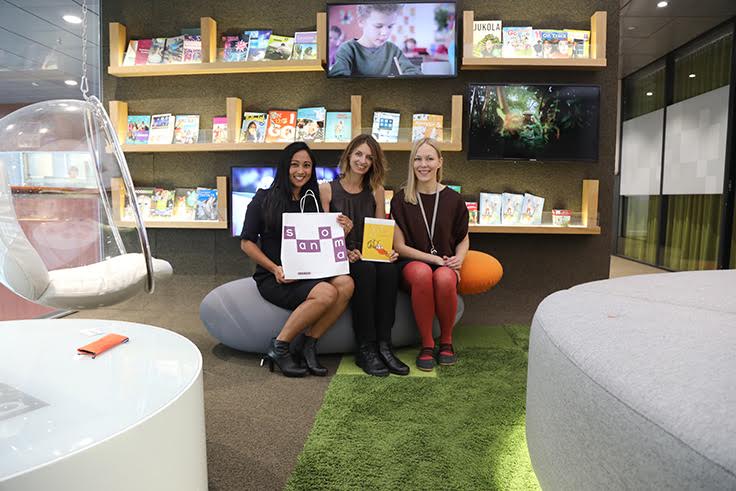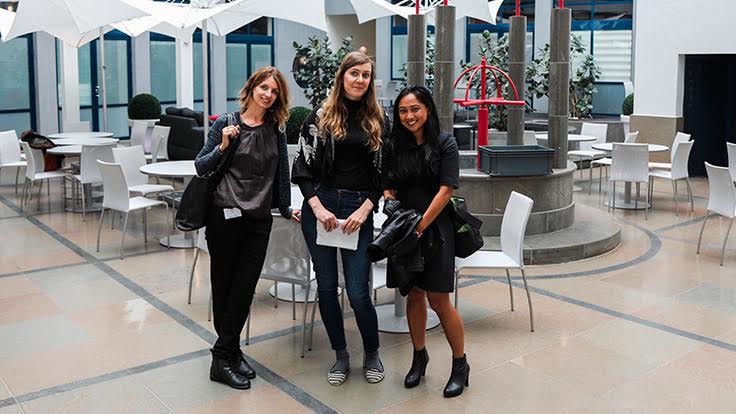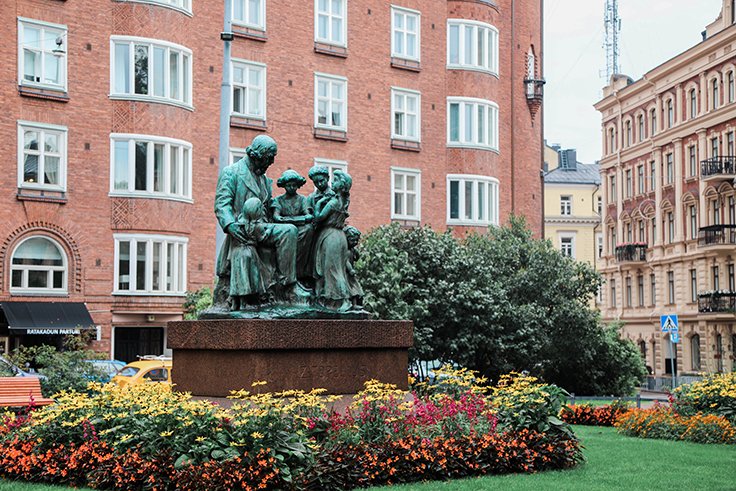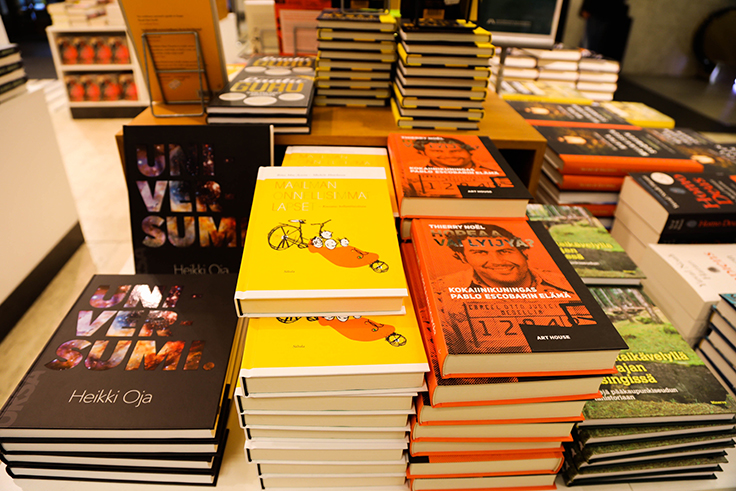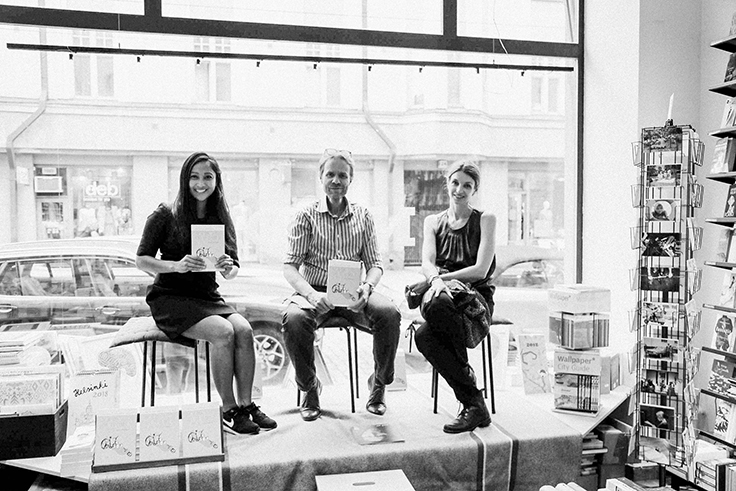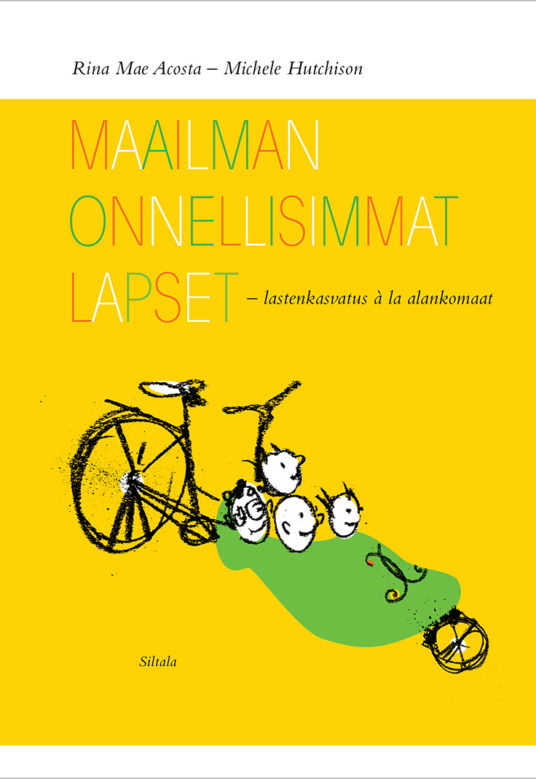Maailman Onnellisimmat Lapset: Kasvatus hollantiliasittain is the title of our book in Finnish. Google translate gives me ‘World’s Most Happy Children: Breeding by Dutchman’. Rina and I did breed with Dutchmen so it’s not wrong there, I suppose. The book had some lovely press in Finland so I might tentatively say that the Fins are now being inspired by the Dutch. But what I already knew was that the Dutch are inspired by the Finnish. Finland ranked fourth in Unicef’s 2013 table of happy children and has consistently come top in world education tables.
While we were on our book tour, I decided to ask some of the people around us about the way their children were growing up. I was particularly interested in how the education system works given its long-term excellent Programme for International Student Assessment (PISA) ratings. A Finnish school opened in Amsterdam a couple of years ago but all I knew about it was that it was very liberal, timetable-free and featured project-based learning.
Aleksi Siltala, our publisher, has two children in their early twenties. He started by explaining that Finnish people have a pessimistic tendency to react “that won’t work out well” to any new ideas. It leads to conservatism and aiming for the safest option. Finnish parents worry about getting their children into the right schools, and there is pressure to succeed. He loves the way the Dutch are more relaxed and teach their kids to be independent. “It seems such a luxury not to be pressured to succeed at school and to be allowed to cycle there,” he said. “Cycling networks are improving in Helsinki, though.”
One of the reasons it’s so important to succeed at school in Finland is because university entrance is incredibly tough and there’s a shortage of places. Only ten percent of applicants get into each university apparently. Parents usually end up hiring private tutors to get their kids through the entrance exams. Aleksi got through himself but not on his first try, and neither did his son. His daughter came to Holland to study. It’s actually very common for Fins to study abroad, sidestepping the admissions hurdle.
We were interviewed for Perhe family magazine by Sanna Sommers who has three children aged 3, 8 and 11. She told us that from the first grade onwards – age 7 and up – Finnish children have traditionally been latchkey kids. It was always considered normal for them to spend three hours alone in the afternoon before their parents returned from work. But attitudes are changing. Her generation thinks that this is scary for the kids and are looking for other alternatives. Now after-school clubs are becoming popular in the cities.
Sanna was very interested in the Dutch approach to sports clubs and hobbies. Hobbies here cause stress for parents and children, she said. “They are expensive and time-consuming because the children have to be driven there. You are also expected to help out – there is compulsory voluntary work as a parent. Children from 7 onwards must have a hobby as a form of self-improvement, and they are not seen as recreation. Sports are competitive and taken very seriously.”
One other Dutch thing she was very charmed by was the idea of post-natal maternity nurses. In Finland, the medical system takes care of a pregnant mother till birth then focusses on the children, like in most western countries.
At Otava, we were interviewed over lunch by Riikka Heinonen, a poet and journalist who explained the Finnish school system. I happened to mention that the one thing my son had found better about English schools than Dutch was school dinners (warm meals at lunchtime). She told me hot school meals were free in Finland for all children, from the first year right until their final year at age 18 or 19. The Fins start the day early at 8am and eat at 11am. School for older children is until 4pm and dinner is often at 4.30pm.
There are no private schools, which was lucky. Earlier in the day I’d heard that discussing money with Fins was a taboo. School is free but you have to pay for books. Primary has six grades and finishes around 1-2pm, middle school three grades and secondary school has three grades. At 15/16 the children are streamed (three years later than in Holland). You need certain grades (8,5/9 out of 10) to go to the top stream and there’s competition for the ‘good schools’. It’s easier to get a place further away but that means more travelling. All children take the same type of exams and core subjects are Swedish, English, Finnish, Maths. Additional subjects are dependent on whether the arts or science option has been taken.
Since our sons are the same age, Riikka and I compared notes on their timetables. Her 13-year-old son has school from 8am to 4pm each day, while mine starts half an hour later. Finnish teenagers have lots of homework but there is much less when they’re younger, which very similar to Holland. My son Ben spends at least an hour a day on homework too, in his third year of secondary. Riikka’s son has drama club on Thursdays from 6-8pm which tires him out. Ben has his bouldering club at the same time, and while he doesn’t tend to do homework on Saturdays, Riikka’s son keeps Sundays free. On the surface, there’s not much difference! Yet something somewhere in the system keeps those Finnish kids at the top of the education tables.The pressure? The tutors? The project-based learning and late streaming? I guess I’ll just have to go back to Finland and do more research!


